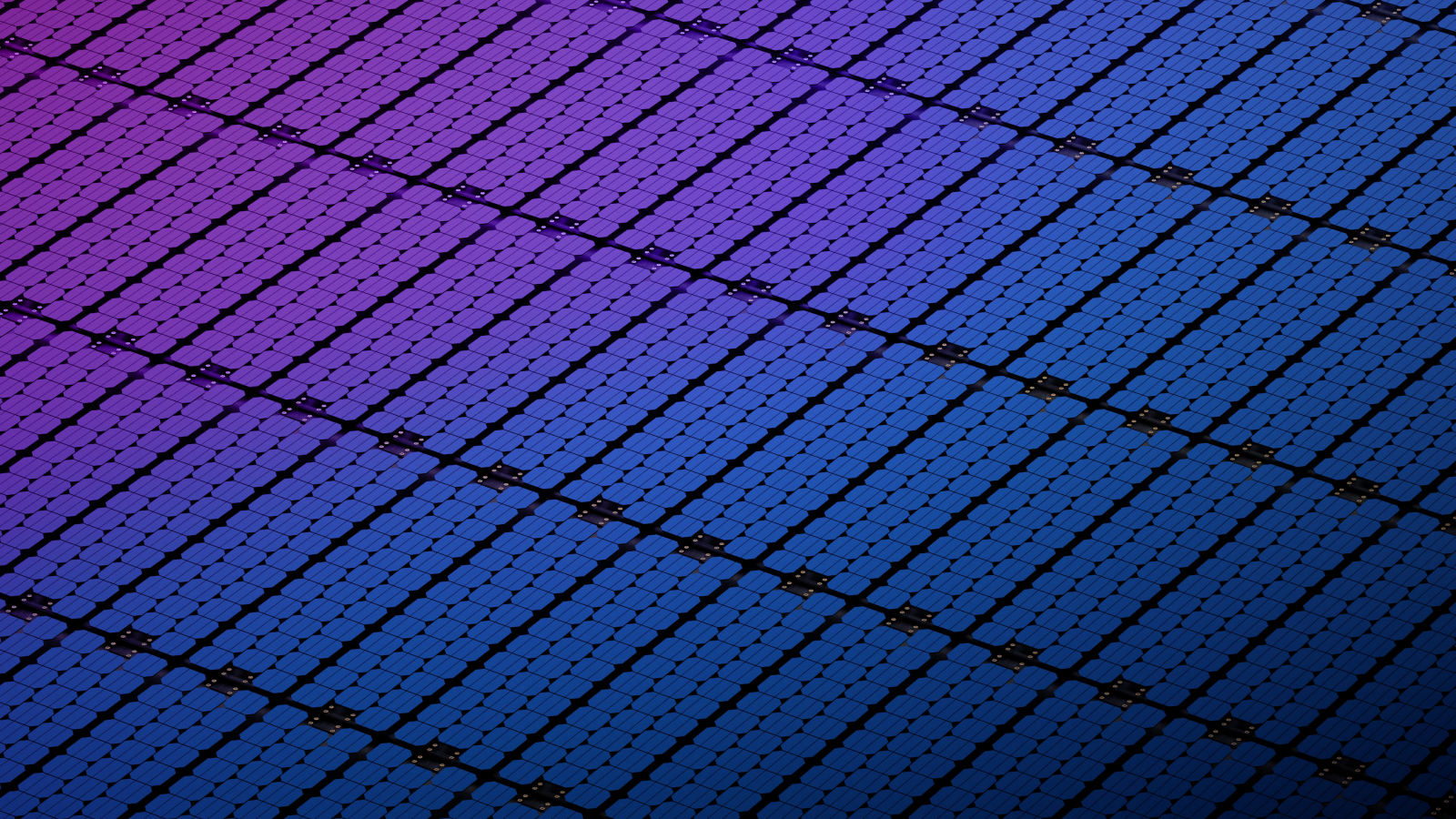When you buy through links on our site , we may earn an affiliate commission . Here ’s how it work .
scientist have created the humanity ’s thinnestgoldleaf , which is just a individual atom stocky .
The newfangled material , dubbed " goldene , " could have important software in carbon dioxide conversion and hydrogen generation , the researchers pronounce .

Scientists used a 100-year-old technique to create goldene — a material as thick as only one atom.
To make goldene , the team engage a 100 - year - old proficiency used by Japanese smoothing iron smiths to keep apart individual layers of the precious metal . They report their work in the journalNature Synthesison April 16 .
Researchers are particularly interested in two - dimensional materials because of their strange visual , electronic and catalytic prop . The highly gamey surface area of these substance relative to their volume means they behave very other than than chemically - superposable bulk solids , and numerous examples of 2D materials have been report since the discovery of graphene in 2004 .
relate : World ’s thinnest electronic equipment is 2 atoms thick

Goldene sheets are just one atom thick.
However , most of these materials are prepared from nonmetals or motley compounds , and creating individual - particle sheets of pure metals is much more thought-provoking .
" metal do not wish to be lonely,“Michael Yeung , a solid - state chemist at the University at Albany , told Live Science in an electronic mail . " Because the bonding in metal is delocalized , they pronto will bond into themselves and agglomerate . Preparing a single layer is quite a feat because you are fighting against the metal ’s desire to attach with not only itself but with other sheets . "
Previous attemptshave run into this trouble . Several teamshave created a undivided layer of gold atoms embedded within asupporting unanimous , such as graphene - coated silicon carbide — " like a sort of ' sandwich ' structure , using graphene as a pseudo - bread and the atomic number 79 as the meat , " Yeung say . But extracting the goldene from these complex layered solids proved problematic , with the gold atoms coagulating into nanoparticles as soon as the reinforcement was bump off .

Goldene is prepared by first swapping silicon atoms in a layered structure for gold. The surrounding solid is then etched away to leave single goldene sheets.
Shun Kashiwaya , an assistant professor in the Department of Physics , Chemistry and Biology at Linkӧping University in Sweden , and colleagues ferment this approach on its head to successfully isolate goldene flat solid for the first clip .
They began by creating a layered structure of titanium , atomic number 14 and carbon paper , which they then cover with a control surface layer of gold . Over 12 hours , gold particles diffused into the textile , supplant the Si layer with gold and creating a goldene sheet engraft within the self-coloured . However , rather than attempt to remove the gold stratum , the team cautiously etched away all of the surrounding solid , leaving the gold sheet untouched .
They figured out the proficiency when learn coauthorLars Hultman , a professor in the Department of Physics , Chemistry and Biology at Linkӧping University , was researching chemical substance etchants . Hultman set up a 100 - year - old method acting used by Nipponese smiths to engrave away carbide residues in sword , Kashiwaya told Live Science . Called Murakami ’s reagent or alkaline potassium ferricyanide , the solution engrave away the palisade titanium carbide support , without affecting the goldene rag .

To hone the method , the squad experimented with dissimilar reaction conditions and concentrations of the etching solution . Crucially , they found that adding a cysteine as a surfactant , or a chemical substance which decreases the surface latent hostility of a liquidness , stabilized the isolated tabloid and preclude the gold atom from clustering and commingle into nanoparticles .
The freestanding goldene sheets were up to 100 nanometers long and are hundreds of fourth dimension thinner than average gold folio .
— Why is amber so soft ?

— Is copper magnetized ?
— Bizarre ' nanoseaweed ' is the thin gold in the world
Kashiwaya and Hultman conceive that , due to goldene ’s enhanced chemical responsiveness , it could have important applications in reactions to win over carbon dioxide into fuels such as ethanol and methane and water into hydrogen . They are presently work on improving the celluloid method .

" We propose to explore goldene ’s fundamental physical and chemic properties and further explicate the synthetic process to increase both the goldene piece of paper area and yield , " Kashiwaya said . " We also visualize go for this coming to produce other elemental 2D materials ( metallenes ) beyond goldene . "
Yeung is particularly interested in the preparation of new 2D textile made potential by this method . " The ability to selectively etch what is unremarkably static means that a bunch of novel material can be made , " he tell .
The next step could be creating a single layer of ash gray using aluminum oxide as the base , Yeung said .













